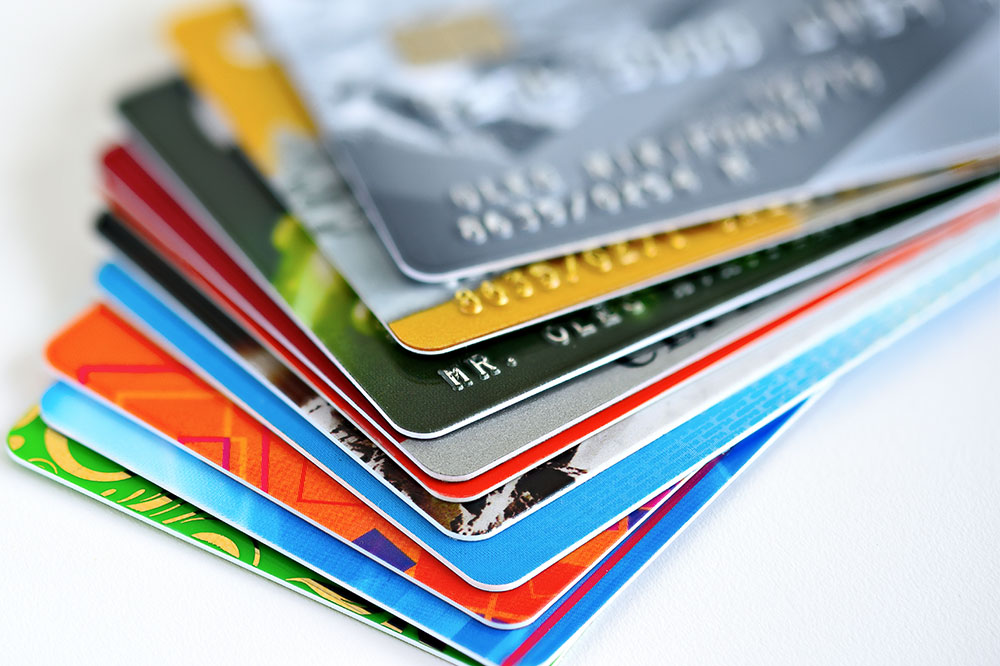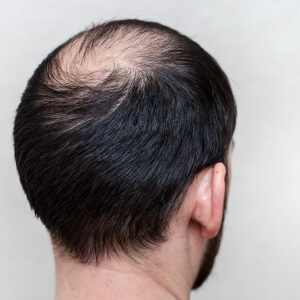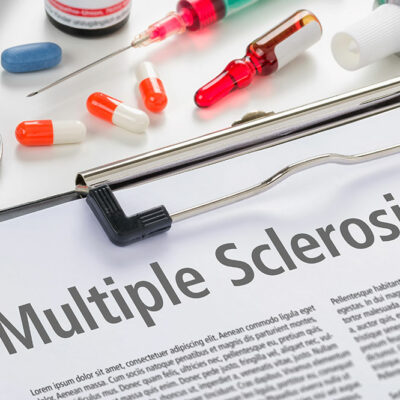Top 4 credit card companies

It is easy to be overwhelmed because of the number of credit card companies. You never know which one is better than the other unless you try them out, which is impossible. In such cases, how do you make a choice?
A credit card company may be a bank, credit union, or anything in between that issues cards. On the other hand, card networks like Discover, Visa, American Express, and Mastercard work with card processors to execute transactions between the issuing company and merchants.
Here are the top four credit card companies you can consider:
American Express
Popularly known as Amex, the company was founded in 1850 and is popular for credit and charge cards. It is the biggest charge card-issuing company and the third biggest credit card network in the country. The company is headquartered in New York City and is one of the most valuable global brands. Some of the popular Amex cards include Platinum Card and the American Express Gold Card.
Bank of America
Bank of America (BofA) is a multinational financial service and investment bank in the country. The institution has more than 54.6 million cardholders across 4800 retail financial centers. The popular Bank of America cards include the Premium Rewards Card and the Alaska Airlines Visa Signature Credit Card. Both these cards offer the holders excellent reward points for their spending.
Barclays
Although headquartered in the country, Barclays first launched credit cards in 2004. The card issuer is popular for travel reward cards and co-branded credit cards. Barclays offers cards through multiple partnerships with Lufthansa, American Airlines, and JetBlue. Although its presence may be small when compared to other card issuers, Barclays has more than 15 million cardholders. The most popular cards offered by this company include the Uber Visa Card (a cashback card), and the AAdvantage Aviator Red World Elite Mastercard.
Capital One
This is a bank holding company with a specialization in banking, credit cards, savings accounts, and auto loans. It commenced as a monoline bank wherein all its revenues are generated through a single product, namely credit cards. It was also amongst the pioneers of the mass credit cards used during the 1990s. Capital One holds the tenth position in the list of largest banks by the size of assets. The company is headquartered in McLean, Virginia, and even with a short history has created a niche for itself with a vast range of credit card products. Capital One has more than 89 million credit card users in the country. Some of the most popular cards issued by the bank include the Capital One Venture Rewards Card and the Capital One Savor Rewards Credit Card.
If you are looking for a new card, consider availing one from the aforementioned best credit card companies. The objective of card networks is to control the acceptance of credit cards and facilitate transactions. The network also determines swipe fees paid by merchants to accept credit card transactions. However, the networks do not have any control over interest, annual charges, late fees, over-limit penalties, and international transaction costs. Keep these points in mind when shopping around.










